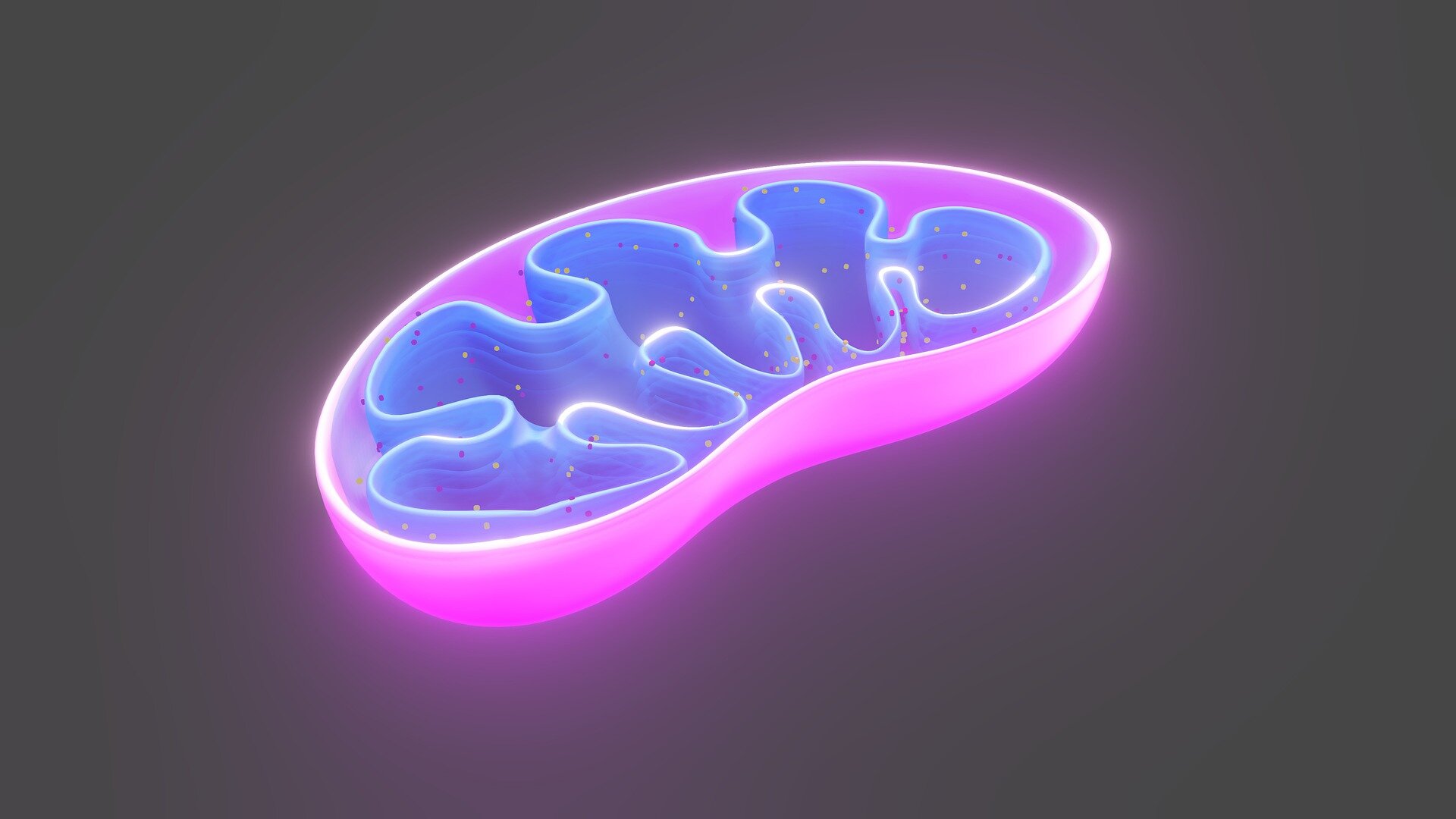Credit: Pixabay/CC0 Public Domain
Many respiratory infections, such as influenza or COVID-19, add significant stress to cells and organs, which can lead to acute respiratory distress syndrome (ARDS), which can eventually lead to death in elderly or sensitive people.
“Novel therapeutic strategies to address ARDS, instead of fighting the infectious agentcould try to elicit the host organism’s tolerance towards the inflammatory challenge by increasing its natural adaptive stress responses,” says Professor Johan Auwerx from EPFL’s School of Life Sciences.
In a new study, EPFL’s Adrienne Mottis and colleagues have shown that such a strategy can exploit a biological phenomenon known as “mitohormesis.” Mitohormesis describes the fact that a mild stress to a cell’s mitochondria can induce a number of responses that actually increase the health and viability of the cell.
Mitochondria are the main energy-harvesting organelles of the cell and are therefore constantly monitored by the cell’s “surveillance” systems. If mitochondria are malfunctioning or under stress, this continual quality control can activate adaptive compensatory responses known as “mitochondrial stress responses.”
“Thus, a mild level of mitochondrial stress may be beneficial overall for the cell and the organism, as the positive effect of these stress responses may outweigh the negative effect of the initial stressor,” says Mottis, who led the study. study. This idea builds on previous studies showing that triggering mitohormesis can prolong life by counteracting the effects of age-related or metabolic disorders.
Because mitochondria have evolved from bacteria, they are susceptible to antibiotics. The researchers therefore looked at various antibiotics that could stress mitochondria and identified novel molecules in the tetracycline family, a class of antibiotics that block mitochondrial protein synthesis and are used to counteract a number of infections, including acne. , cholera, plague, malaria and syphilis.
The researchers examined 52 tetracyclines and selected novel molecules, such as 9-tert-butyldoxycycline (9-TB), which are very potent in triggering mitohormesis even when used at low doses and have no antibiotic effect, meaning they do not bother the host microbiome. When tested in mice, the compounds triggered mild mitochondrial. stress and beneficial mitohormetic responses that increased the animals’ tolerance to influenza virus infection.
“Importantly, our study shows that mitochondrial responses triggered by 9-TB activate the ATF4 signaling pathway, a well-described response to multiple cellular stressors, and also mobilize signaling pathways of innate immunity, the so-called immune response. of type I interferon,” adds Auwerx.
“As a result, 9-TB improved survival of mice subjected to lethal influenza infection without affecting viral load. Resistant hosts fight infection by eliciting an immune response that reduces pathogen load, while tolerance refers to mechanisms that limit the extent of organ dysfunction and tissue damage caused by infection, without necessarily affecting the pathogen load.”
The study shows that 9-TB can induce tolerance to the flu infection in mice by reducing the extent of inflammatory processes and tissue damage without affecting your microbiome. “These findings open up innovative therapeutic avenues by targeting mitochondria and mitohormesis to combat inflammatory challenges and infections,” the authors write.
The research was published in the Clinical Research Journal.
Adrienne Mottis et al, Tetracycline-induced mitohormesis mediates disease tolerance against influenza, Clinical Research Journal (2022). DOI: 10.1172/JCI151540
Provided by
Federal Polytechnic School of Lausanne
Citation: Stressed Mitochondria Help Cells Survive Respiratory Infections (Aug 31, 2022) Retrieved Aug 31, 2022 from https://medicalxpress.com/news/2022-08-stressed-mitochondria-cells-survive -respiratory.html
This document is subject to copyright. Other than any fair dealing for private study or research purposes, no part may be reproduced without written permission. The content is provided for informational purposes only.
